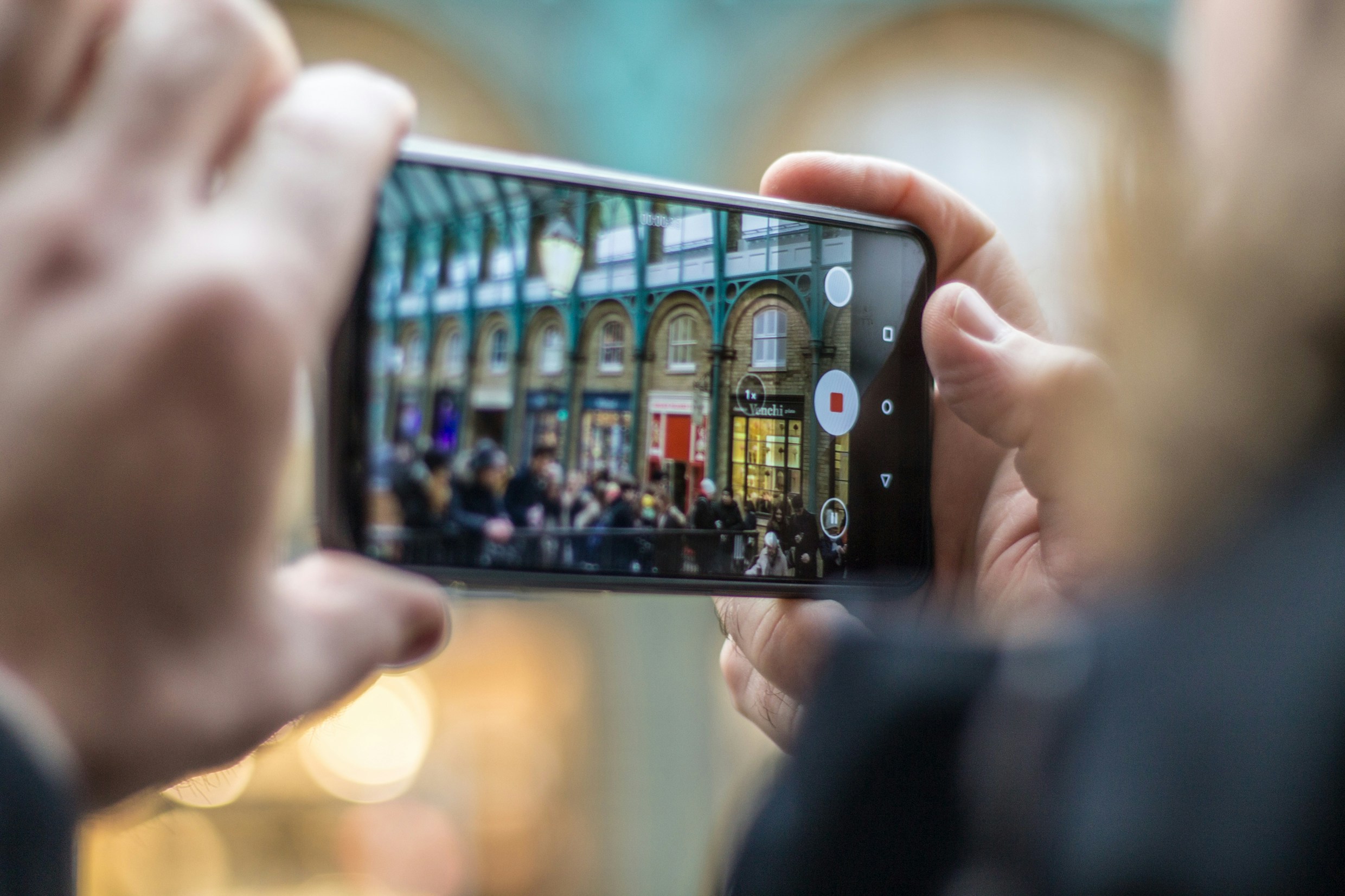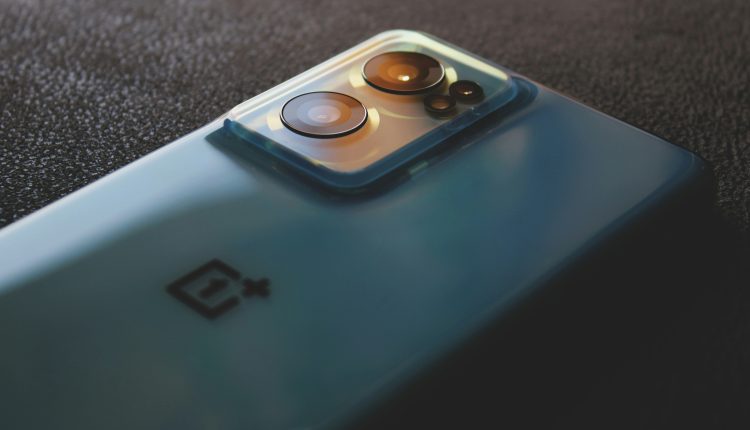How to Restore recently deleted photos & videos on Andorid and iPhone
Have you ever experienced that sinking feeling when you accidentally delete a precious photo or video on your phone? It’s like watching a beautiful memory vanish before your eyes. But fear not, for in the digital age, there are ways to resurrect those lost moments and bring them back to life. In this article, we will explore the fascinating world of data recovery on both Android and iPhone devices, unlocking the secrets to restoring recently deleted photos and videos with just a few simple steps. Whether it’s a treasured family photo or a hilarious video clip, we’ll show you how to retrieve these valuable pieces of your digital history and ensure they remain safely preserved for all time. So let’s embark on this journey together and learn how to master the art of recovering lost memories from the depths of our smartphones!
Introduction: Overview of restoring deleted photos & videos
Have you ever accidentally deleted precious photos or videos from your phone and thought they were gone forever? Don’t panic just yet, as there are ways to restore these valuable memories. Whether you’re using an Android device or an iPhone, technology now offers solutions to recover recently deleted photos and videos.
For Android users, utilizing the Google Photos app can be a lifesaver in retrieving lost media files. This cloud storage service automatically backs up photos and videos, allowing you to access and restore them with ease. Additionally, Android devices usually have a built-in trash or recycle bin feature where deleted items are stored temporarily before being permanently erased.
On the other hand, iPhone users can take advantage of the Recently Deleted folder in their Photos app. Deleted items remain in this folder for 30 days before being permanently removed, giving you a window of opportunity to recover them. Moreover, iCloud Photo Library provides another avenue for backing up and restoring your visual content seamlessly across Apple devices.

Methods for Android: Google Photos, Recovery Apps
When it comes to recovering recently deleted photos and videos on Android, Google Photos is a powerful tool that often goes underutilized. Many Android users may not be aware that Google Photos has a trash folder where deleted files are kept for 30 days before being permanently removed. By accessing this folder within the app, users can easily restore any mistakenly deleted media with just a few taps.
In addition to Google Photos, there are several third-party recovery apps available on the Play Store that can help retrieve lost photos and videos on Android devices. These apps offer advanced scanning capabilities and file restoration options, making them valuable resources for those looking to recover important media files. However, it’s essential to choose a reputable app with positive reviews and high success rates to ensure the best chances of successful data recovery.
Overall, by combining the features of Google Photos with the advanced capabilities of recovery apps, Android users have multiple effective methods at their disposal for restoring recently deleted photos and videos. Whether utilizing built-in tools or third-party solutions, taking prompt action and following proper procedures can significantly increase the odds of retrieving lost media files successfully.
Methods for iPhone: iCloud, Recently Deleted folder
One of the most convenient methods for iPhone users to restore recently deleted photos and videos is through iCloud. This cloud storage service provided by Apple allows users to seamlessly backup their media files and easily retrieve them when needed. By accessing iCloud on your iPhone, you can navigate to the Photos section and find the Recently Deleted album where all deleted items are stored for a period of 30 days before being permanently erased. From here, you can select the files you want to recover and restore them with just a few taps.
Another useful feature for recovering accidentally deleted pictures on an iPhone is the built-in Recently Deleted folder within the Photos app. This folder serves as a safety net for users who may have mistakenly removed important images or videos. To access this folder, simply open the Photos app on your device and look for the Albums tab at the bottom of the screen. Within Albums, scroll down until you find Recently Deleted, where you can browse through your deleted items and choose to restore them individually or in bulk. This straightforward method provides iPhone users with a quick and efficient way to retrieve precious memories that were thought to be lost forever.

Common pitfalls to avoid during recovery process
One common pitfall to avoid during the recovery process is panicking and making impulsive decisions. It can be tempting to download the first recovery software you come across, but taking the time to research and find a reputable one will increase your chances of successful recovery.
Another important pitfall to steer clear of is not backing up your data regularly. Regular backups are crucial in case of accidental deletions or system failures, so incorporating this habit into your routine can save you from future headaches.
Furthermore, neglecting to check different sources for your lost photos and videos can hinder the recovery process. Don’t just rely on one method; try multiple avenues such as cloud storage, email attachments, or even social media platforms where you may have shared the files.
Tips for preventing accidental deletion in the future
To prevent accidental deletions in the future, it’s essential to establish a regular backup routine for your photos and videos. Utilizing cloud storage services like Google Photos or iCloud can automatically save your media files and provide an extra layer of protection against accidental deletion. Additionally, consider enabling the Recycle Bin feature on your device, which allows deleted items to be temporarily stored before permanent removal.
Moreover, developing a habit of double-checking before confirming any deletion can significantly reduce the likelihood of accidentally losing important photos and videos. Take a moment to carefully review the items you intend to delete, ensuring that you are not removing anything valuable by mistake. By incorporating these simple yet effective tips into your digital space management practices, you can safeguard your precious memories from unintended loss and enjoy peace of mind knowing that they are securely preserved.

Comparison of Android vs. iPhone recovery methods
When it comes to recovering recently deleted photos and videos on Android vs. iPhone, there are notable differences in the methods available. Android devices generally offer more flexibility in recovery options due to the file system structure, allowing users to use various third-party apps or cloud services for data retrieval. On the other hand, iPhones have a more streamlined approach with its iCloud backup feature, making it easier for users to restore deleted content directly from their cloud storage.
One key difference between Android and iPhone recovery methods is the level of customization and control offered to users. Android users can choose from a wide range of recovery tools and techniques based on their preferences and technical expertise, while iPhone users are limited to Apple’s ecosystem for data retrieval. However, this centralized approach by Apple may also provide a sense of security and simplicity for those who prefer a more hands-off approach when it comes to restoring deleted media files.
In conclusion, while both Android and iPhone offer efficient ways to recover recently deleted photos and videos, the choice between the two ultimately depends on individual preferences regarding customization, control, and ease of use. Whether you opt for the versatile options provided by Android or the seamless integration offered by iPhone’s iCloud backup service, rest assured that recovering your precious memories is possible with just a few clicks or taps on your device of choice.
Conclusion: Importance of backing up data regularly
Regularly backing up your data isn’t just a mundane task, but a crucial practice that can save you from irreversible loss and frustration. Imagine the sinking feeling of losing precious memories captured in photos, or critical work documents due to a device failure or accidental deletion. By establishing a routine for data backups, you create a safety net that ensures your information is sheltered from unexpected disasters.
Furthermore, with the increasing reliance on smartphones and other digital devices for storing personal and professional data, the importance of regular backups cannot be overstated. Data loss can occur at any moment without warning, leaving you vulnerable to significant setbacks. Taking proactive measures to back up your information not only provides peace of mind but also safeguards your digital assets against unforeseen circumstances. Embracing regular data backups is like investing in an insurance policy for your valuable information – it’s better to have it and not need it than to need it and not have it.

Comments are closed.